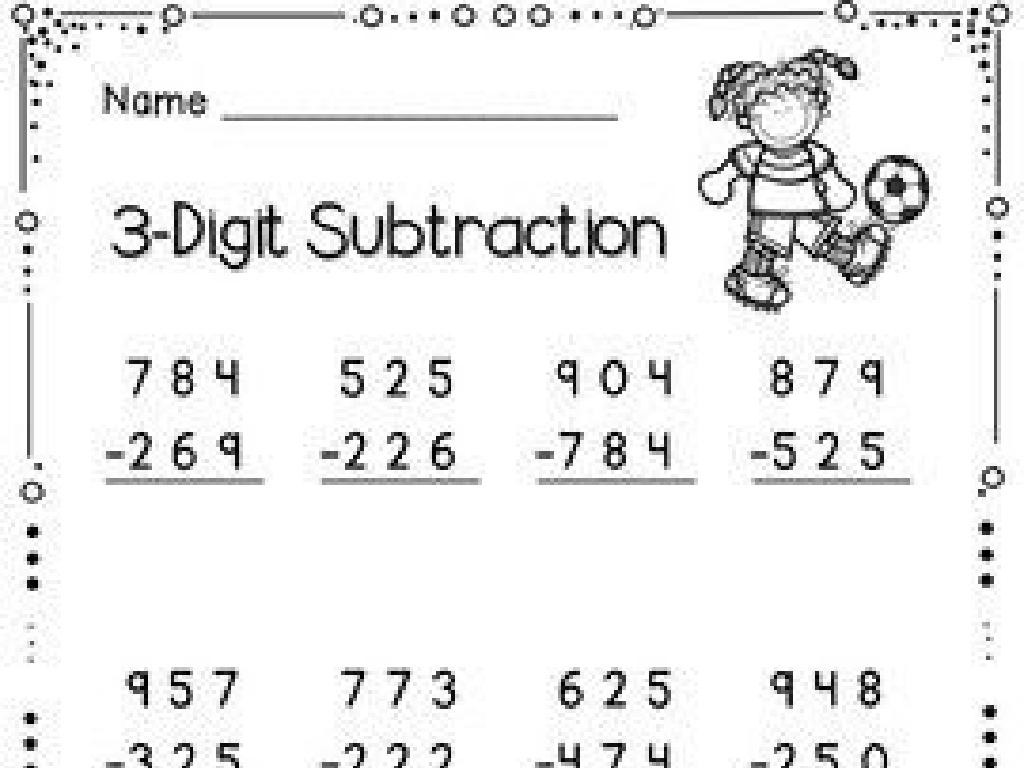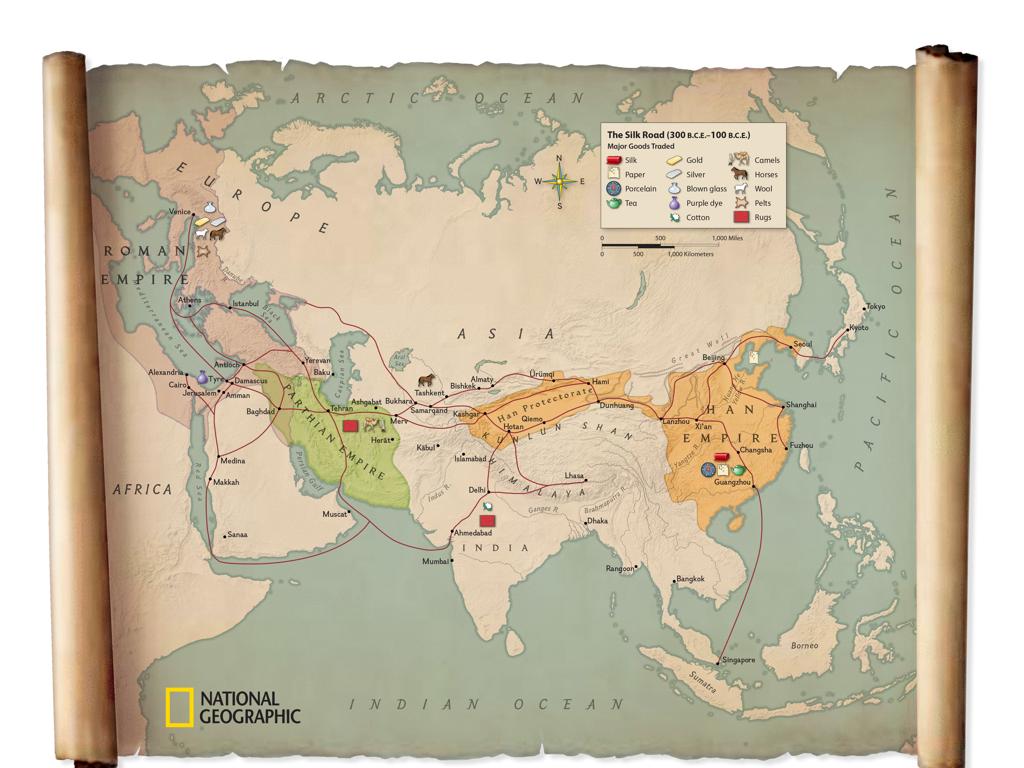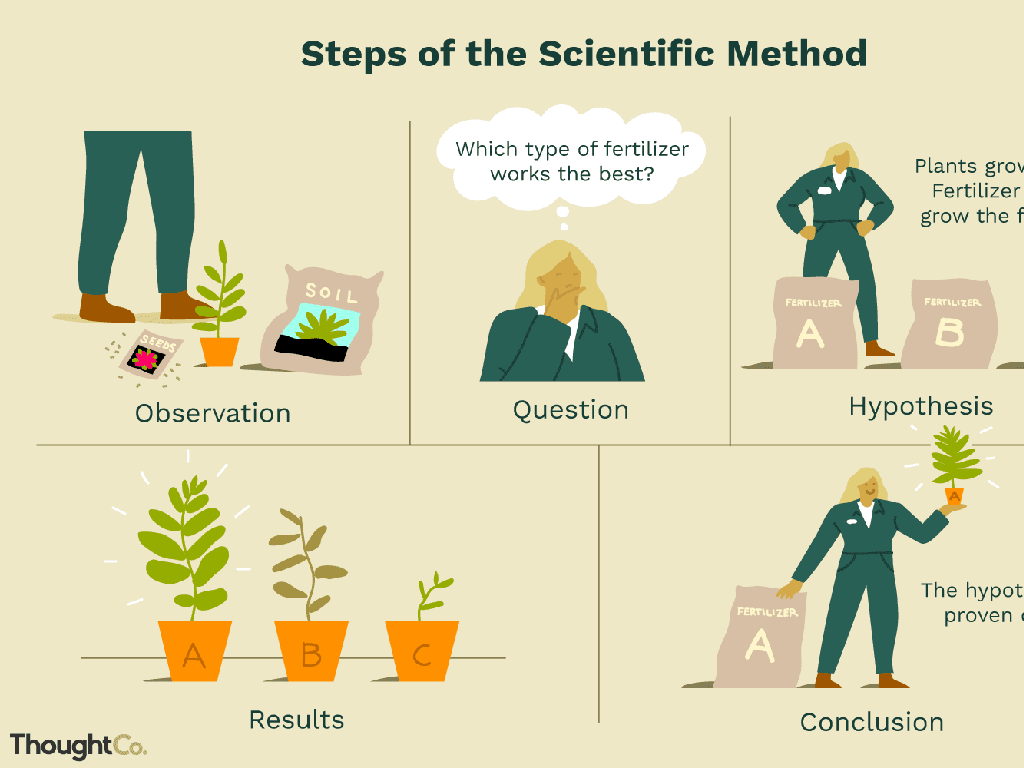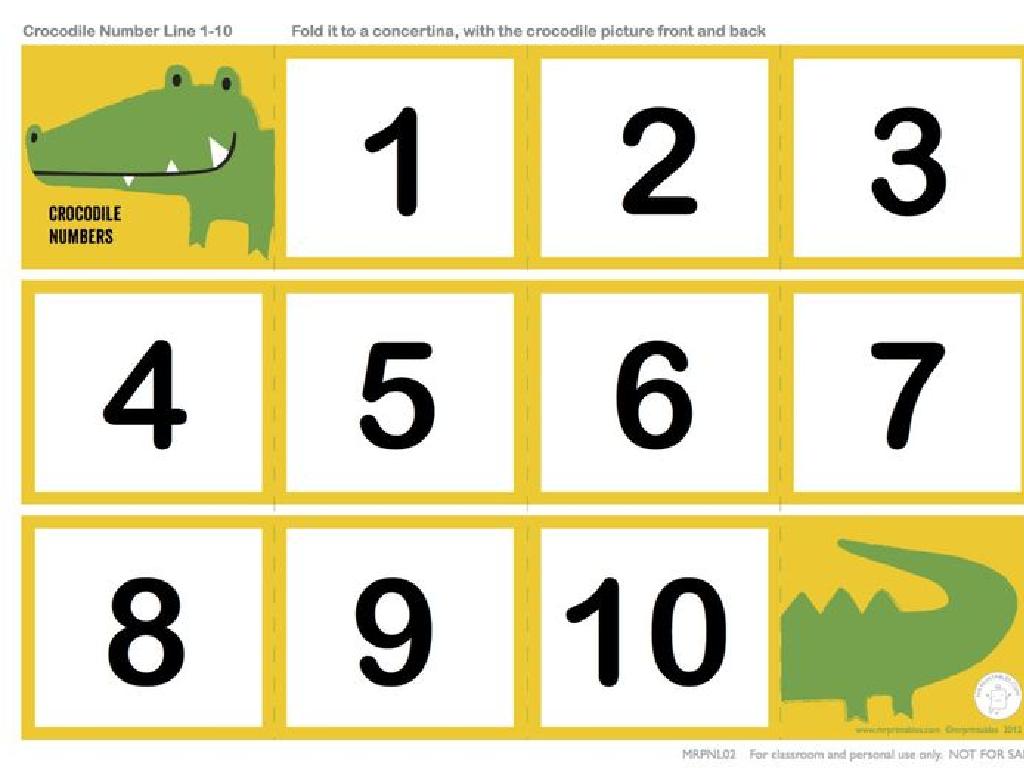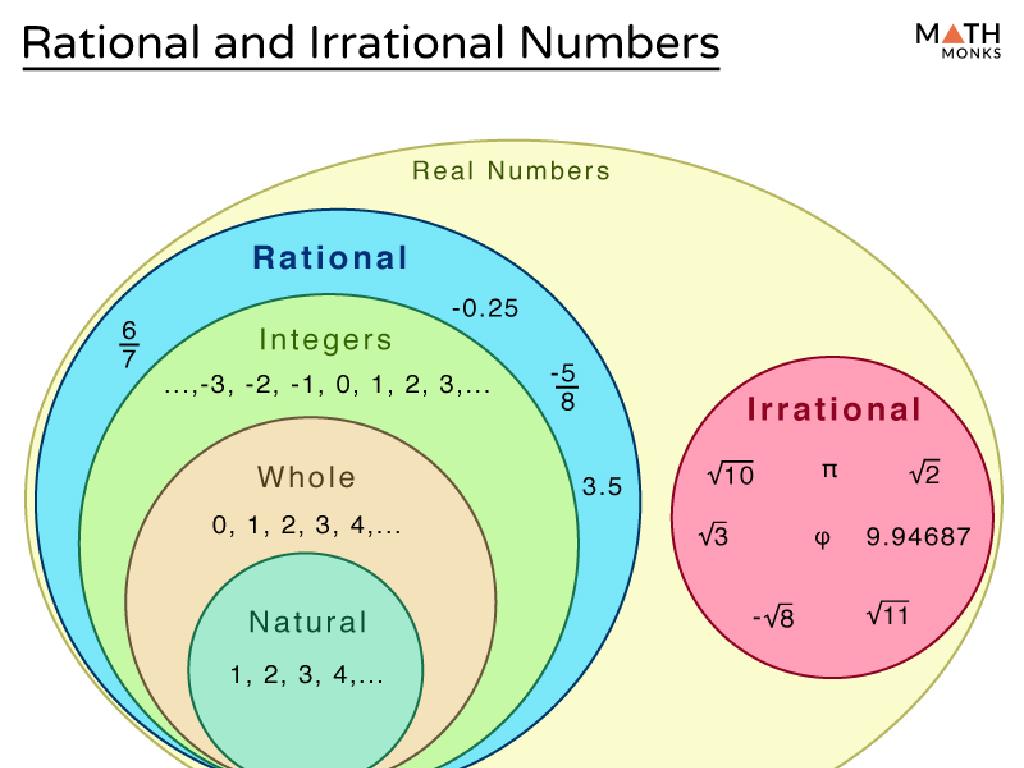Goods And Services
Subject: Social studies
Grade: Kindergarten
Topic: Economics
Please LOG IN to download the presentation. Access is available to registered users only.
View More Content
Goods and Services
– What are goods?
– Goods are things we buy and use, like toys and food.
– What are services?
– Services are activities done for us, like haircuts.
– Sharing our experiences
– Understanding buying
– When we buy something, we get goods or services.
|
This slide introduces the concept of goods and services to Kindergarten students. Start by explaining that goods are items that we can touch and buy, such as apples or books. Services are actions that someone does for us, like a doctor checking our health or a teacher teaching us. Ask the children to think about something they or their family has recently purchased and whether it was a good or a service. This will help them relate the concept to their own lives and understand the difference between the two. Encourage them to share their experiences with the class to create an interactive learning environment.
Exploring Goods Around Us
– Goods are things we can touch
– Goods are physical items we use
– Examples: toys, food, clothes
– Think of your favorite toy, snack, or shirt
– Let’s find goods in our classroom
– Look around and name items you see
|
This slide introduces the concept of goods to Kindergarten students. Begin by explaining that goods are items that we can see and touch, which are used in our daily lives. Provide relatable examples such as toys, food, and clothes to make the concept tangible for the young learners. Engage the class by encouraging them to look around the classroom and identify goods they use or interact with. This activity will help them connect the concept of goods to their immediate environment, reinforcing the idea that goods are a part of their everyday life. The goal is to make the learning interactive and relatable, ensuring the students can identify and understand the concept of goods in a fun and educational manner.
Exploring Services in Our Community
– Services are help from others
– Examples: Haircut, bus ride, teaching
– Haircuts make us look neat, buses take us places, teachers help us learn
– Think of services you’ve used
– Sharing time: Talk about a service
– We’ll share our experiences in class!
|
This slide introduces the concept of services to Kindergarten students. Begin by explaining that services are when people do things to help us, like cutting our hair, driving us places, or teaching us new things. Use simple and relatable examples to illustrate the point. Encourage the children to think of times when they have used services, such as going to the doctor or the library. Prepare for a class discussion where each student can share a service they have experienced, fostering a connection between the concept and their everyday lives. This activity will help them understand the role of services in the community and recognize the various forms of help they receive from others.
Who Provides Goods and Services?
– Farmers grow our food
– Like apples and carrots
– Bakers make yummy treats
– Like bread and birthday cakes
– Who else provides for us?
– Let’s think of more examples!
|
This slide aims to help Kindergarten students understand the concept of goods and services by relating to people in their community. Start by explaining that goods are things we can touch or use, and services are activities done for others. Use the examples of farmers and bakers to illustrate individuals who provide goods. Encourage the children to think of other examples in their lives, such as teachers, doctors, or firefighters, who provide services. This will help them connect the concept to familiar experiences. During the next class, facilitate a discussion where students can share their thoughts and learn from each other’s examples.
Why Do We Need Goods and Services?
– Goods & services help us live
– They provide us with essentials and comforts
– We need things like food & clothes
– Basic needs for daily life
– They make life easier for us
– Services like transportation and education
– Examples: buses and schools
|
This slide aims to introduce the concept of goods and services to Kindergarten students in a simple and relatable way. Goods are items we use, like food and clothes, which are essential for our survival and well-being. Services are activities that others do for us, like driving buses or teaching at schools, which make our lives easier and more comfortable. Use examples that are familiar to the students, such as their favorite snack (a good) or their bus ride to school (a service). Encourage the children to think of other goods and services they use every day to help them understand the importance of these concepts in their daily lives.
Goods and Services in Our Community
– Explore our community map
– Identify goods buying spots
– Places like grocery stores and toy shops
– Find service providing spots
– Services like haircuts at salons, checkups at clinics
– Practice pointing out places
– Use the map to point and tell if it’s goods or services
|
This slide is designed to help Kindergarten students understand the concept of goods and services through the familiar context of their own community. Start by showing them a map of the community with various locations marked. Explain that goods are items we can buy, like food and toys, and services are help we get from others, like getting a haircut or visiting the doctor. Encourage the children to interact with the map by pointing to different places and deciding if they sell goods or provide services. This activity will help them differentiate between the two concepts in a practical and engaging way. Make sure to provide clear examples for both goods and services to reinforce learning.
Class Activity: Goods and Services Scavenger Hunt
– Let’s play a scavenger hunt game!
– Find goods and services around us
– Goods are items like books and crayons
– Team up with a friend for the hunt
– Services are actions like teaching and cleaning
– Check off each item you discover
|
This activity is designed to help Kindergarten students understand the concept of goods and services through an interactive scavenger hunt. Provide students with a simple checklist of common goods (e.g., pencils, paper, erasers) and services (e.g., librarian helping, janitor cleaning) that they can find within the classroom and school. Encourage them to work in pairs to foster teamwork and discussion about what constitutes a good or a service. As they find items, they should check them off their list. After the activity, regroup and discuss what they found, reinforcing the definitions of goods and services. Possible variations of the activity could include drawing pictures of the goods and services they found or categorizing their findings on a classroom chart.
Wrapping Up: Goods and Services
– Congratulations on the scavenger hunt!
– We learned about goods and services
– Goods are items we buy like toys, food
– Why are they important?
– They help us live, work, and play
– Share a good and a service
– Example: A toy (good), A haircut (service)
|
Great job guiding the students through the scavenger hunt activity to learn about goods and services. As a conclusion, reinforce the concept by summarizing that goods are items we can touch and buy, like toys and food, while services are activities done for us by others, like haircuts or bus rides. Ask the students to recall one good and one service they learned about to ensure they can differentiate between the two. This will help solidify their understanding and allow them to apply these concepts in their daily lives. Encourage each child to participate and praise their efforts and correct answers.

